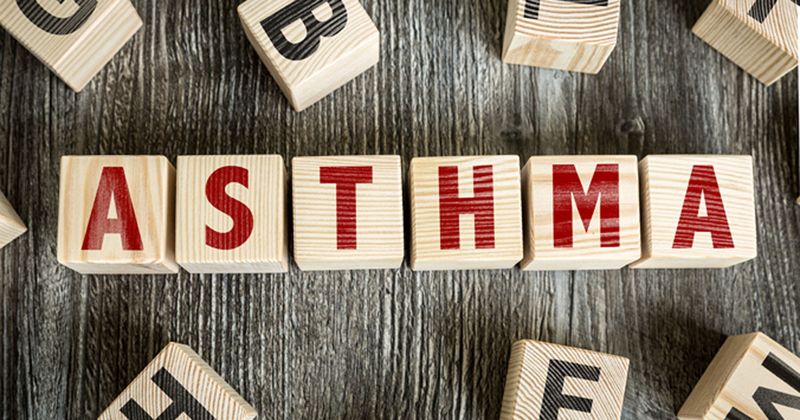Children with asthma have similar COVID-19 risk as peers
Children with asthma were not at increased risk for SARS-CoV-2 infection when compared with children without asthma, a study reported.
In a study published in Pediatrics, researchers from Duke noted that current public health guidelines recommend that people with “certain medical conditions, including moderate to severe asthma, take additional precautions to prevent SARS-CoV-2 infections.”

“However, several prior studies suggested that asthma may be associated with a lower susceptibility to SARS-CoV-2 infection and a low risk of severe COVID-19,” they wrote. “Over 6 million pediatric [SARS-CoV-2] infections have occurred in the United States, but risk factors for infection remain poorly defined. We sought to evaluate the association between asthma and SARS-CoV-2 infection risk among children.”
The authors examined a cohort of 46,900 children aged 5 to 17 years in the Duke University Health System in a 19-month period from March 1, 2020, to Sept. 30, 2021, with 6,324 (13.5%) meeting the criteria for asthma. Among 12,648 children in a propensity score-matched cohort that accounted for cofounding in the demographics, 706 (5.6%) children tested positive for SARS-CoV-2 infection, including 350 (5.5%) with asthma and 356 (5.6%) without asthma (RR = 0.98; 95% CI, 0.85-1.13).
The researchers said there was “no evidence of effect modification of this association by inhaled corticosteroid prescription, history of severe exacerbation, or comorbid atopic diseases,” and that only one child with asthma required hospitalization for SARS-CoV-2 infection.
“Taken together, these data suggest that asthma is not associated with worse outcomes among children and adolescents with SARS-CoV-2 infection,” they wrote.
They closed by noting that “further research is needed to evaluate the complex relationships that exist between medical comorbidities, such as asthma and SARS-CoV-2 infection, and to monitor the impact of viral variants and vaccination strategies on SARS-CoV-2 infection among children.”

